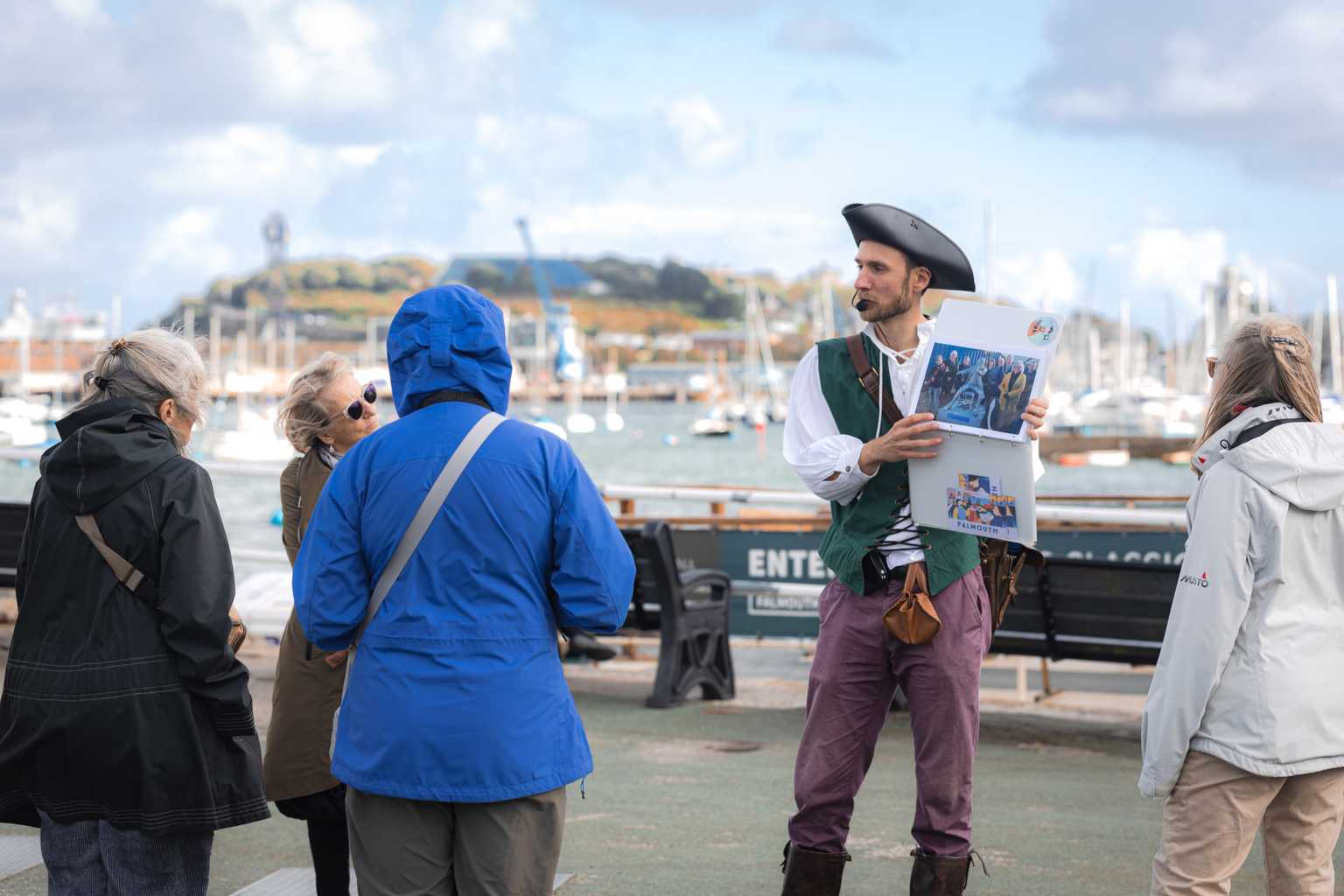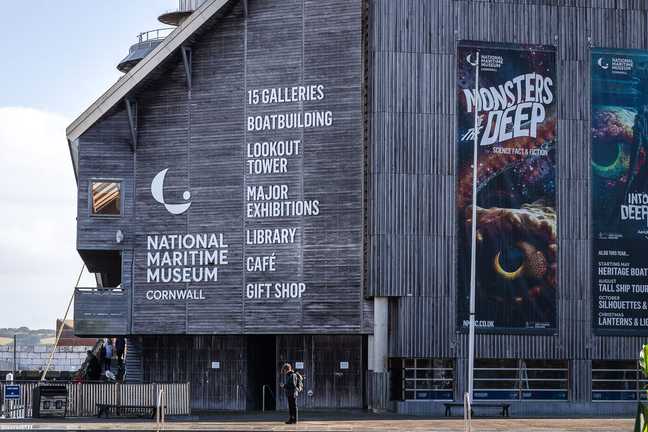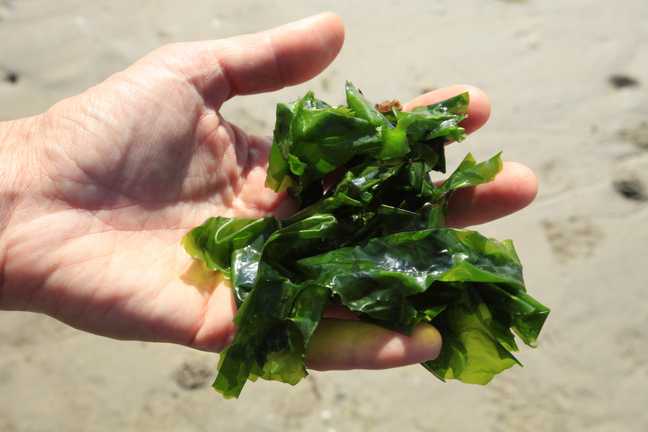
Five Unsettlingly Gruesome Events From Falmouth’s Past
Spooky stories from Falmouth Uncovered
A few weeks ago, Cornish Holiday Cottages were invited along to a Falmouth Uncovered historic walking tour. Not only was this a fascinating and detailed insight into Falmouth’s past, but tour guide, Will‘s enthusiasm and dramatic retellings, made for an inspiring and entertaining few hours.
Here he has gifted us with an exclusive write up of Falmouth’s most spooky stories, just in time for Halloween.
Here at the Falmouth Uncovered walking tour we love telling stories about this fascinating town’s history — there are exciting stories, funny stories, and, of course, nasty stories. And with Halloween on the way what better time could there be to focus on some of the more unpleasant moments in Falmouth’s past? Here are five stories you might not want to share with the kids…
- Unhappy lovers at the Falmouth Hotel (1909)
Have you ever stayed at the Falmouth Hotel? No? Well you will likely have walked past — it’s the grand old Victorian hotel alongside the seafront. Many interesting tales have unfolded here, but there is one that stands out for its stark unpleasantness.
In 1909 two members of staff — Charles Hirschkron (20), a German cook, and Mabel Burleigh (29), a Cornish chambermaid — fell very much in love. They were both energetic, popular individuals, but their relationship seems to have been strengthened by a mutual experience of struggle: he was a troubled young man, liable to fall into periods of black depression, whilst she was a widow, having lost her husband to a mining accident in South Africa a few years before.
By January 1910 the darker threads of their relationship had risen very much to the surface. One Tuesday evening the two of them were seen walking about the hotel’s grounds, laughing and holding each other close, until, seemingly out of nowhere, some gunshots sounded, echoing off the white walls of the hotel. People rushed over and found that Charles had shot and killed Mabel before turning the weapon on himself. In his pockets there was a note: ‘God forgive. We have made up our minds to die together. Please remember us to our friends.’
- An oversupply of the dead (1850s)
If you walk along Gyllyng Street, right in the middle of old Famouth town, you will come across the original cemetery, though you likely won’t realise it — the headstones were all removed in the 1960s and there’s very little left to declare what this space used to be.
Why is it no longer an active cemetery? Well, by the 1850s there were so many ‘residents’ that the gravediggers were literally unable to open the ground up without interrupting someone’s attempt to rest in peace. There was even the issue of small bones finding their way to the surface during periods of particularly heavy rain. Very spooky.
Eventually, enough was enough and a new cemetery was started over near Swanpool. And yet the dead remain in place in the old cemetery — hundreds upon hundreds of them, crammed in alongside Gyllyng Street.
- An unsafe harbour (1814)
If you’ve been to Falmouth you will likely have spent some time gazing out over the harbour. If so you will have laid eyes upon Trefusis Point — the rocky point between the inner harbour and the Carrick Roads, just to the right of the village of Flushing. A popular footpath snakes past it these days, but most of the walkers who take to it have no idea about the tragedy that unfolded there long ago.
In January 1814 a military transport, The Queen, on route to Portsmouth from wartorn Spain, had anchored up alongside Trefusis Point whilst waiting for rough weather to pass. On board were about 350 souls — mostly soldiers and their families, with a few French prisoners of war along for the ride too.
On the 14th January, a few days after their arrival, the weather actually got worse and high winds started to batter the vessel, inadequately anchored to handle the situation. Nobody noticed the threat or took hold of the situation and eventually the anchor rope snapped. The now untethered ship found itself completely at the mercy of the elements, and as the wind raged and the snowfall swirled The Queen was smashed against Trefusis Point, great waves turning her over and ripping her apart.
Some lucky individuals managed to claw their way to safety, but they were in the minority — almost 200 of those aboard, the captain included, were drowned or bloodied against the rocks. Those that finally attempted to stage a rescue found a hideous sight before them — bodies, including women holding their young children, lay all across the point, whilst some of the surviving soldiers were actually trying to loot valuables from the deceased. Horrid.
The next you’re drinking in Falmouth’s gorgeous vista, do bear in mind that there’s more than charm and beauty to these waters…
- Cannibal arrivals (1836)
If you come on the Falmouth Uncovered tour you will hear the famous story of the ‘Mignonette cannibals’, who arrived in Falmouth in 1884 and became the centre of a huge criminal court case. They were not the first such sailors to arrive in Falmouth with a bloody tale to tell, however.
In January 1836 a group of eleven emaciated men were dropped off onto the quayside here and caused a bit of a stir. It transpired that they had crewed an Irish ship called the Frances Spaight, which had been overcome by a storm and rendered immobile near the Canadian coast. Three of the crew had been lost overboard, but there were fifteen of them left.
After sixteen painful days they were in a truly wretched position and it was decided to take lots to decide who should be eaten to sustain the rest. It was agreed that only the cabin boys should be considered (they didn’t have families to support), and soon enough fifteen year old Patrick O’Brien was chosen. He wasn’t the last though — three more of the crew were eaten before they were finally rescued.
In Falmouth they were taken to the poor house, where they slowly regained their health, before setting off homeward to Limerick. No legal charges were ever brought against them, but the story was widely circulated, and several ballads were written about the story. Here’s a verse from one of them:
Our Captain cries: “Cheer up, my boys, this work will never do,
O’Gorman, you must cut his [O’Brien’s] throat, or else you will die too”
The trembling cook, he took the knife, which did him confound,
He cut his throat and drank his blood as it flowed from the wound.
Lovely.
- The haunted bakery (1882)
‘But where are the ghost stories!?’ I hear you ask. That’s a good question! Here’s my favourite:
In December 1882, a few days before Christmas, three employees of Mr Martin’s bakery, at 26 High Street, arrived at their place of work to find an unholy sound echoing from inside the building. The chorus of screams and yowling, underpinned by a mad clattering of saucepans, convinced the bakers that some dark force awaited them inside; a few brief investigations were undertaken but this only seemed to enrage the spirit, and before long the three men had succumbed to their fear and fled the premises.
It was decided that the police should be called, but before they could find a willing copper a passer-by volunteered to have a look himself. He ventured into the bakery, bracing himself to face down some paranormal threat… and found, instead, a cat!
The silly creature had got itself trapped in a lobster tin, and the sound of its yowling and escape attempts had created the impression of an enraged poltergeist. I dare say the bakers felt a bit silly afterwards.
And yes, I know, that’s more of a comical story than a nasty one, but Halloween should be a bit of fun as well, don’t you think?
We hope you’ve enjoyed this jaunt through some of the less savoury moments of Falmouth history. Perhaps you might like to join us for a walking tour? There’s a tour every Sunday through November 2021, and then we’ll be starting up properly next May 2022.



